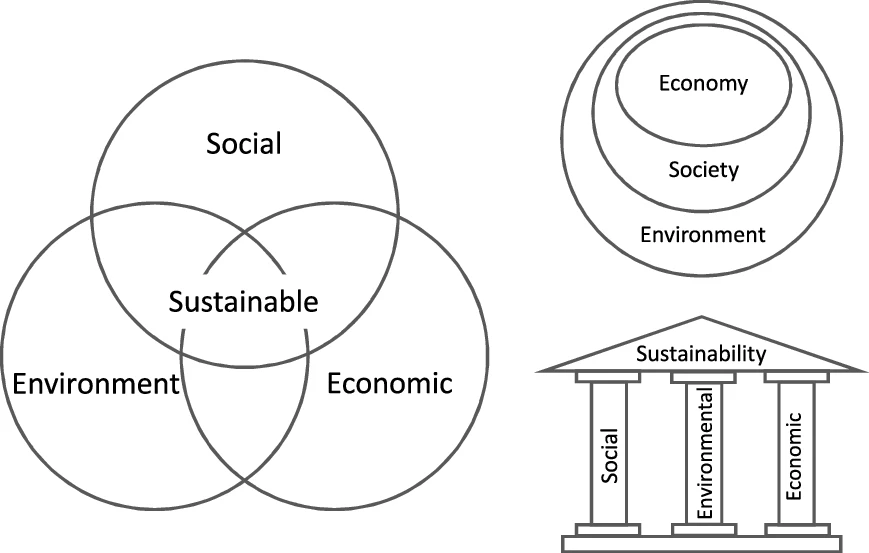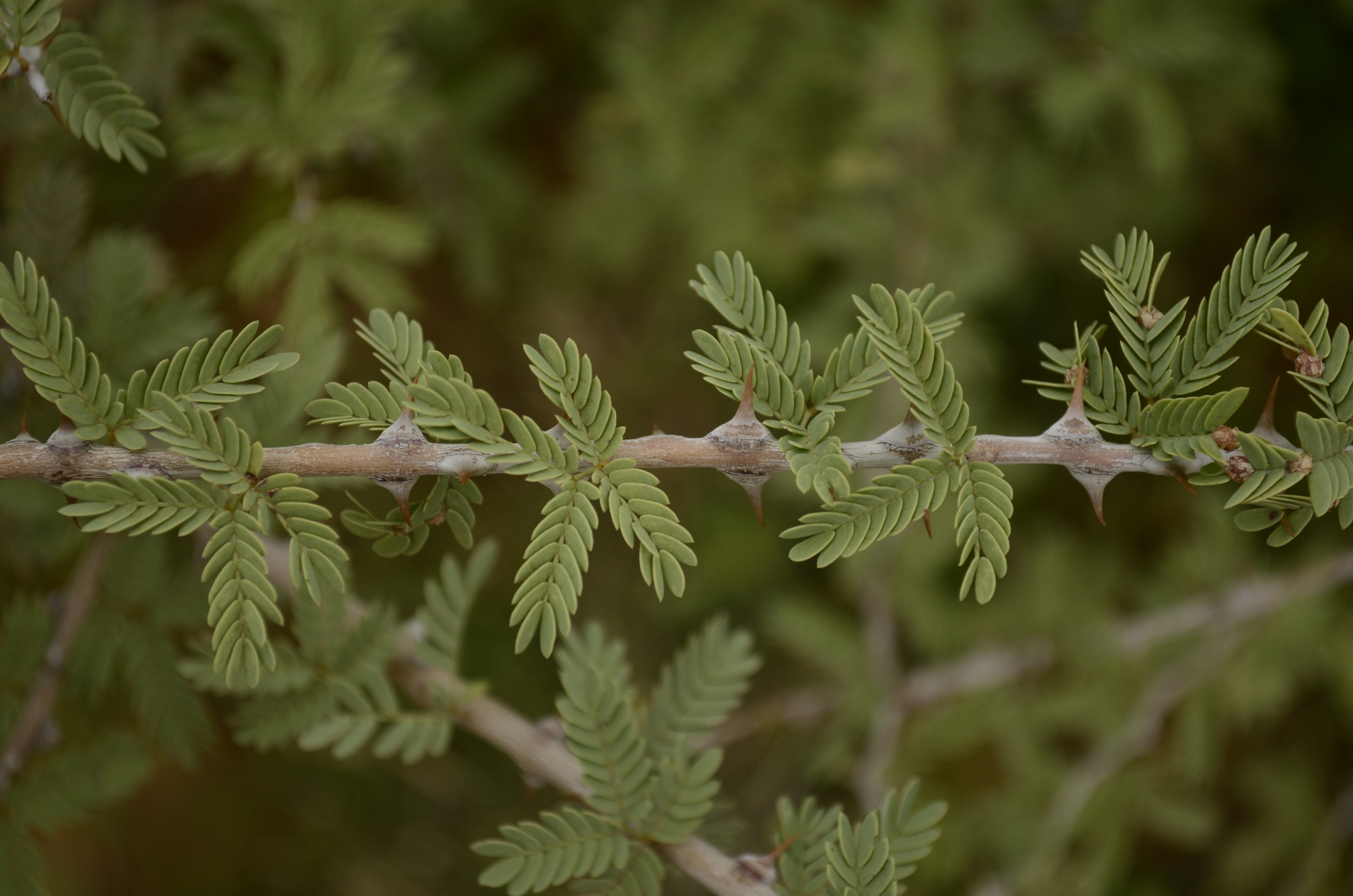|
Conservation Movement
The conservation movement, also known as nature conservation, is a political, environmental, and social movement that seeks to manage and protect natural resources, including animal, fungus, and plant species as well as their habitat for the future. Conservationists are concerned with leaving the environment in a better state than the condition they found it in. Evidence-based conservation seeks to use high quality scientific evidence to make conservation efforts more effective. The early conservation movement evolved out of necessity to maintain natural resources such as fisheries, wildlife management, water, soil, as well as conservation and sustainable forestry. The contemporary conservation movement has broadened from the early movement's emphasis on use of sustainable yield of natural resources and preservation of wilderness areas to include preservation of biodiversity. Some say the conservation movement is part of the broader and more far-reaching environmental mov ... [...More Info...] [...Related Items...] OR: [Wikipedia] [Google] [Baidu] [Amazon] |
Nature Conservation
Nature conservation is the ethic/moral philosophy and conservation movement focused on protecting species from extinction, maintaining and restoring habitats, enhancing ecosystem services, and protecting biological diversity. A range of values underlie conservation, which can be guided by biocentrism, anthropocentrism, ecocentrism, and sentientism, environmental ideologies that inform ecocultural practices and identities. There has recently been a movement towards evidence-based conservation which calls for greater use of scientific evidence to improve the effectiveness of conservation efforts. As of 2018 15% of land and 7.3% of the oceans were protected. Many environmentalists set a target of protecting 30% of land and marine territory by 2030. In 2021, 16.64% of land and 7.9% of the oceans were protected. The 2022 IPCC report on climate impacts and adaptation, underlines the need to conserve 30% to 50% of the Earth's land, freshwater and ocean areas – echoing the 30% goal ... [...More Info...] [...Related Items...] OR: [Wikipedia] [Google] [Baidu] [Amazon] |
Sustainable
Sustainability is a social goal for people to co-exist on Earth over a long period of time. Definitions of this term are disputed and have varied with literature, context, and time. Sustainability usually has three dimensions (or pillars): environmental, economic, and social. Many definitions emphasize the environmental dimension. This can include addressing key environmental problems, including climate change and biodiversity loss. The idea of sustainability can guide decisions at the global, national, organizational, and individual levels. A related concept is that of sustainable development, and the terms are often used to mean the same thing. UNESCO distinguishes the two like this: "''Sustainability'' is often thought of as a long-term goal (i.e. a more sustainable world), while ''sustainable development'' refers to the many processes and pathways to achieve it." Details around the economic dimension of sustainability are controversial. Scholars have discussed this under t ... [...More Info...] [...Related Items...] OR: [Wikipedia] [Google] [Baidu] [Amazon] |
Prussia
Prussia (; ; Old Prussian: ''Prūsija'') was a Germans, German state centred on the North European Plain that originated from the 1525 secularization of the Prussia (region), Prussian part of the State of the Teutonic Order. For centuries, the House of Hohenzollern ruled Prussia, expanding its size with the Prussian Army. Prussia, with its capital at Königsberg and then, when it became the Kingdom of Prussia in 1701, History of Berlin, Berlin, decisively shaped the history of Germany. Prussia formed the German Empire when it united the German states in 1871. It was ''de facto'' dissolved by 1932 Prussian coup d'état, an emergency decree transferring powers of the Prussian government to German Chancellor Franz von Papen in 1932 and ''de jure'' by Abolition of Prussia, an Allied decree in 1947. The name ''Prussia'' derives from the Old Prussians who were conquered by the Teutonic Knightsan organized Catholic medieval Military order (religious society), military order of Pru ... [...More Info...] [...Related Items...] OR: [Wikipedia] [Google] [Baidu] [Amazon] |
Abhai Singh Of Marwar
Abhai Singh Rathore (7 November 1702 – 18 June 1749) was an 18th-century Indian Raja of the Kingdom of Marwar (Jodhpur).N.S. Bhati, Studies in Marwar History, page 6 Coronation As a result of a conspiracy between Abhai Singh and his brother, Bakht Singh (Maharaja), Bakht Singh, their father, Ajit Singh of Marwar, Ajit Singh, was killed and Abhai Singh became the Maharaja of the Kingdom of Marwar. He was crowned in 1724, and ruled until 1749. Khejarli massacre In 1726, Abhai Singh of Marwar granted the estate of Khejarli to Thakur Surat Singh, who became the first 'Thakur of Khejarli'. In 1730, under his order, minister Giridhar Bhandari led a royal party to Khejarli to fell some Prosopis cineraria, Khejri trees that were sacred to the villagers. The trees were to be burned to produce Lime (material), lime for constructing a new palace. A local woman called Amrita Devi Bishnoi protested the tree-felling because such acts were prohibited by the Bishnoi religion. The feu ... [...More Info...] [...Related Items...] OR: [Wikipedia] [Google] [Baidu] [Amazon] |
Jodhpur
Jodhpur () is the second-largest city of the north-western Indian state of Rajasthan, after its capital Jaipur. As of 2023, the city has a population of 1.83 million. It serves as the administrative headquarters of the Jodhpur district and Jodhpur division. It is the historic capital of the Kingdom of Marwar, founded in 1459 by Rao Jodha, a Rajput chief of the Rathore clan. On 11 August 1947, 4 days prior to the Indian independence, Maharaja Hanwant Singh the last ruler of Jodhpur state signed the Instrument of Accession and merged his state in Union of India. On 30 March 1949, it became part of the newly formed state of Rajasthan, which was created after merging the states of the erstwhile Rajputana. Jodhpur is a famous tourist spot with a palace, fort, and temples, set in the stark landscape of the Thar Desert. It is also known as the 'Blue City' due to the dominant color scheme of its buildings in the old town. The old city circles the Mehrangarh Fort and is bou ... [...More Info...] [...Related Items...] OR: [Wikipedia] [Google] [Baidu] [Amazon] |
Khejri
''Prosopis cineraria'', also known as Persian mesquite or ghaf or khejri, is a species of flowering tree in the pea family, Fabaceae. It is native to arid portions of Western Asia and the Indian Subcontinent, including Afghanistan, Bahrain, Iran, India, Oman, Pakistan, Saudi Arabia, the United Arab Emirates, and Yemen. Its leaves are bipinnate. It can survive extreme drought. It is an established introduced species in parts of Southeast Asia, including Indonesia. The ghaf is the national tree of the United Arab Emirates. Through the ''Give a Ghaf campaign'' its citizens are urged to plant it in their gardens to combat desertification and preserve their country's heritage. The desert village of Nazwa in the UAE is home to the Al Ghaf Conservation Reserve. ''Prosopis cineraria'' is also the state tree of Rajasthan (where it is known as khejri), Western Uttar Pradesh (where it is known as chhonkara) and Telangana (where it is known as jammi) in India. A large and well-known exam ... [...More Info...] [...Related Items...] OR: [Wikipedia] [Google] [Baidu] [Amazon] |
Amrita Devi
Amrita Devi Beniwal, also known as Amrita Devi, was an environmentalist and martyr from the Bishnoi community of Khejarli, Jodhpur district, Rajasthan, India. She is known for her role in the conservation of the Khejri trees (Prosopis cineraria), which are considered sacred by the Bishnoi community. She was killed, along with her three daughters, in the Khejarli massacre, after protesting the felling of trees by Maharaja Abhay Singh of Marwar. In 1730, the then Maharaja of Jodhpur, Abhay Singh, ordered the felling of Khejri trees to burn lime for the construction of his new palace. Amrita Devi opposed the cutting of the trees, which were vital to the Bishnoi faith. She famously stated that she would give away her life to save the trees. According to legend, Devi put her arms around the trunk of a tree to prevent it from being felled; in response, the king's men decapitated her. In the subsequent Khejarli massacre, Devi's three daughters, Asu, Ratni and Bhagu, and 363 other ... [...More Info...] [...Related Items...] OR: [Wikipedia] [Google] [Baidu] [Amazon] |
Bishnoi
The Bishnoi, also spelled as Vishnoi, is a Hindu Vaishnava community or panth found in the Western Thar Desert and northern states of India. Bishnoi community is turned into a Hindu caste with time. It has a set of 29 Niyamas (principles/commandments) given by Guru Jambheshwar (also known as Guru Jambhoji, Guru Jambha) (1451–1536). As of 2010, there are an estimated 600,000 followers of Bishnoi Panth residing in northern and central India.Akash KapurA Hindu Sect Devoted to the Environment New York Times, 8 Oct 2010. Shree Guru Jambheshwar founded the sect at Samrathal Dhora in 1485 and his teachings, comprising 120 shabads, are known as ''Shabadwani''. He preached for the next 51 years, travelling across India. The preaching of Guru Jambhoji inspires his followers as well as environmental protectors. Etymology The term ''bishnoi'' is believed to be derived from ''bis'' (twenty) and ''nau'' (nine) and hence, it denotes the twenty nine principles of their sect. Origin ... [...More Info...] [...Related Items...] OR: [Wikipedia] [Google] [Baidu] [Amazon] |
Khejarli
Khejarli or Khejadli is a village in Jodhpur district of Rajasthan, India, south-east of the city of Jodhpur. The name of the town is derived from the khejri (''Prosopis cineraria)'' trees that were once abundant in the village. In this village 363 Bishnois sacrificed their lives in 1730 AD while protecting a grove of khejri trees that are considered sacred by the community. The incident was a forebear of the 20th-century Chipko Movement. History Thakur Surat Singh, of Kharda thikana, a small estate in Jodhpur pargana. was granted the estate of Khejarli in the same pargana, by Maharaja Abhai Singh of Marwar in 1726 AD, and he became the first 'Thakur of Khejarli'. Khejarli Massacre Khejarli was the site of a forebear of the Chipko movement. On 12 september 1730, a royal party led by Giridhar Bhandari, a minister of the maharajah of Marwar, arrived at the village with the intention of felling some khejri trees that were sacred to the villagers. The trees were to be burned ... [...More Info...] [...Related Items...] OR: [Wikipedia] [Google] [Baidu] [Amazon] |
Anthony Fitzherbert
Sir Anthony Fitzherbert (147027 May 1538) was an English judge, scholar and legal author, particularly known for his treatise on English law, ''New Natura Brevium'' (1534). Biography Fitzherbert was the sixth son of Ralph Fitzherbert of Norbury, Derbyshire, Norbury, Derbyshire, and Elizabeth Marshall. His brothers died young so he succeeded his father as Lord of the manor of Norbury, an estate granted to the family in 1125. Wood states that he was educated at Oxford, but no evidence of this exists; nor is it known at which of the inns of court he received his legal training, though he is included in a list of Gray's Inn readers. Fitzherbert was called to the degree of serjeant-at-law, 18 November 1510, and six years later he was appointed Serjeant-at-law, king's serjeant. In 1514 he published ''La Graunde Abridgement'', described below. In 1522 he was made a judge of common pleas and was knighted; but his new honours did not check his literary activity and in the following year ... [...More Info...] [...Related Items...] OR: [Wikipedia] [Google] [Baidu] [Amazon] |
Forestry
Forestry is the science and craft of creating, managing, planting, using, conserving and repairing forests and woodlands for associated resources for human and Natural environment, environmental benefits. Forestry is practiced in plantations and natural Stand level modelling, stands. The science of forestry has elements that belong to the biological, physical, social, political and managerial sciences. Forest management plays an essential role in the creation and modification of habitats and affects ecosystem services provisioning. Modern forestry generally embraces a broad range of concerns, in what is known as multiple-use management, including: the provision of timber, fuel wood, wildlife habitat, natural Water resources, water quality management, recreation, landscape and community protection, employment, aesthetically appealing landscapes, biodiversity management, watershed management, erosion control, and preserving forests as "Carbon dioxide sink, sinks" for Earth's atmosp ... [...More Info...] [...Related Items...] OR: [Wikipedia] [Google] [Baidu] [Amazon] |
Royal Society
The Royal Society, formally The Royal Society of London for Improving Natural Knowledge, is a learned society and the United Kingdom's national academy of sciences. The society fulfils a number of roles: promoting science and its benefits, recognising excellence in science, supporting outstanding science, providing scientific advice for policy, education and public engagement and fostering international and global co-operation. Founded on 28 November 1660, it was granted a royal charter by Charles II of England, King Charles II and is the oldest continuously existing scientific academy in the world. The society is governed by its Council, which is chaired by the society's president, according to a set of statutes and standing orders. The members of Council and the president are elected from and by its Fellows, the basic members of the society, who are themselves elected by existing Fellows. , there are about 1,700 fellows, allowed to use the postnominal title FRS (Fellow ... [...More Info...] [...Related Items...] OR: [Wikipedia] [Google] [Baidu] [Amazon] |










